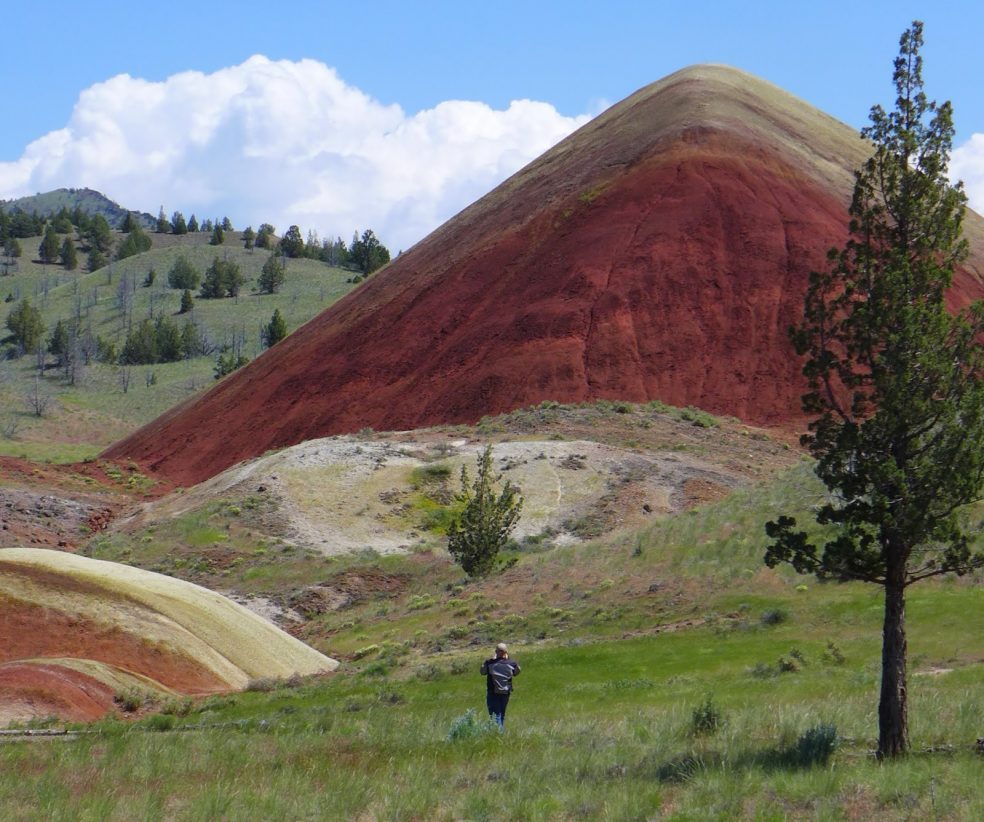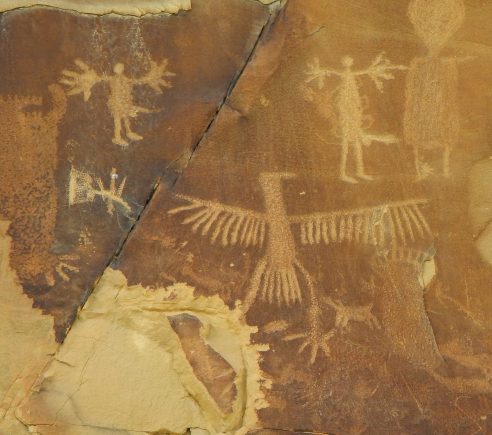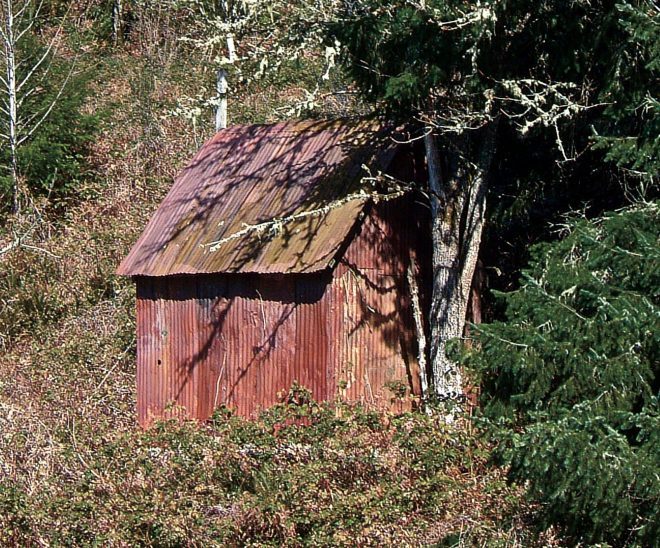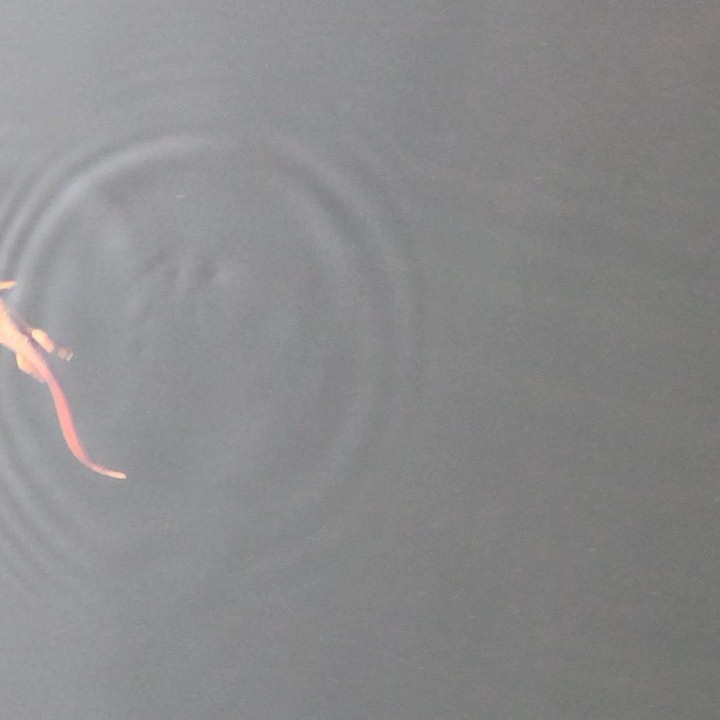 I just ran across this article, stored on my computer, and thought, once again, how perceptive it is. No one under 70 years of age will fully understand it, but for those of us growing up in those years, it’s a look back at what could rightly be called “the best of times.”
I just ran across this article, stored on my computer, and thought, once again, how perceptive it is. No one under 70 years of age will fully understand it, but for those of us growing up in those years, it’s a look back at what could rightly be called “the best of times.”
It also sets the stage for what then happened in the ’60s.
A version of this seems to have been written by Denise Eyherabide, but there are somewhat different renditions online. Plus, I have edited it somewhat.
We are the “Last Ones.” Born in the 1930s and ’40s, we exist as a very special age group. We are the last generation, climbing out of the depression, who can remember the winds of war and the impact of a world at war which rattled the structure of our daily lives for years.
We are the last to remember ration books for everything from gas to sugar to shoes to stoves. We saved tin foil, flattened cans, and poured fat into tin cans.
We saw cars up on blocks because tires weren’t available.
We can remember milk being delivered to our house early in the morning and placed in the “milk box” on the porch.
We are the last to have heard Roosevelt’s radio assurances and to have seen the gold stars in the front windows of our grieving neighbors whose sons died in the war.
We saw the “boys” come home from the war and build their Cape Cod–style houses, pouring the cellar and tar-papering it over until they could afford the time and money to complete building.
We are the last generation who spent childhood without television; instead, we had mental images of what we heard on the radio. “Up in the sky … look … it’s a bird … it’s a plane … it’s Superman!”
As we all like to brag, with no TV, we spent our childhood “playing outside.” There was no little league. There was no city playground for kids. We made baseball diamonds on empty lots until someone built a house on the empty lot.
Read More …












